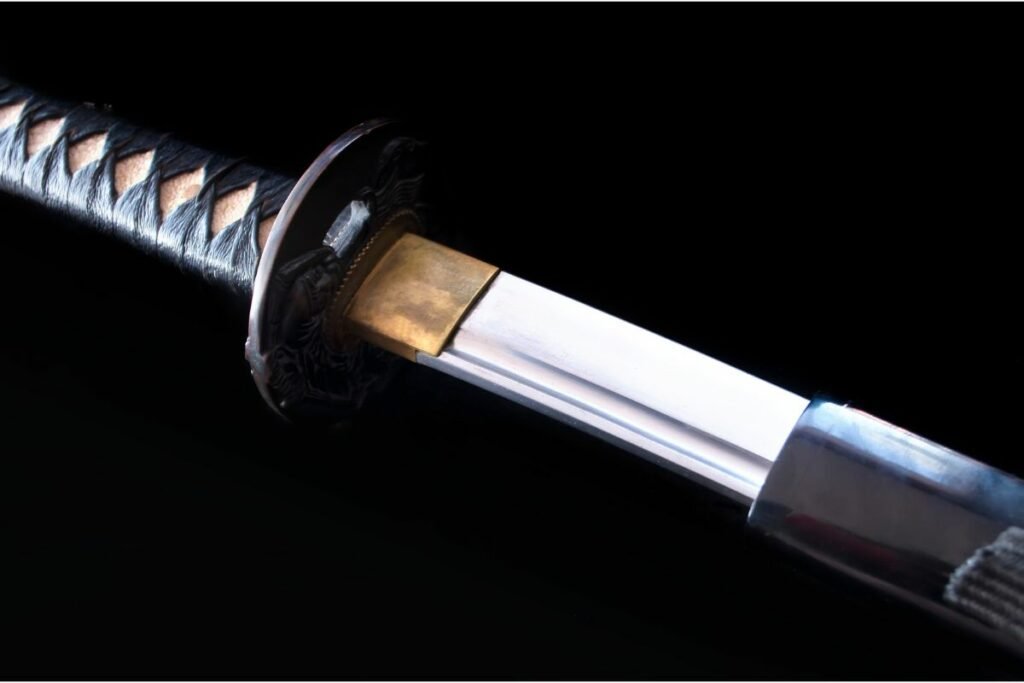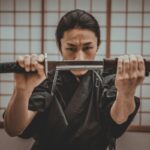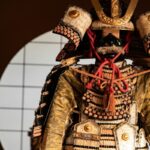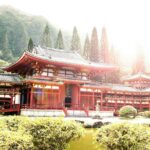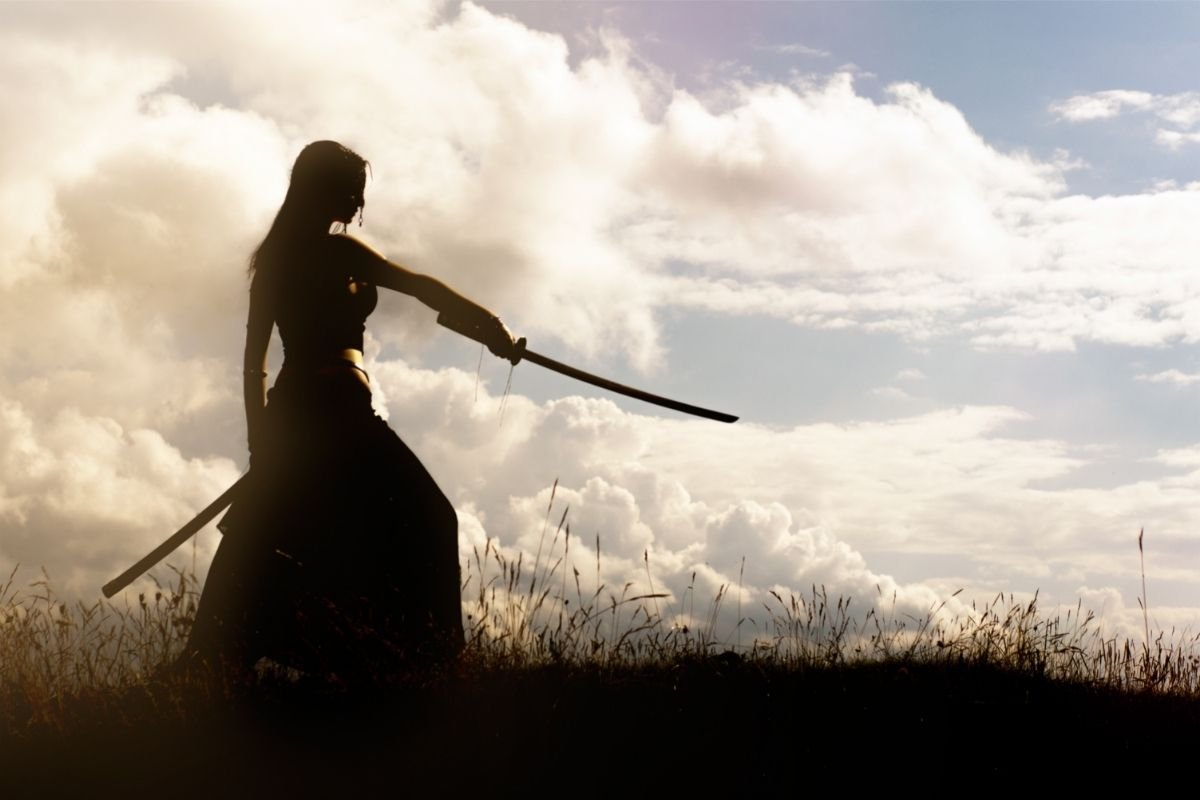There are perhaps few things to come out of Japan more iconic than the Samurai. Samurai have become well known all across the world for their intense moral codes, their commitment to their weapons, and their weapon of choice: the katana.
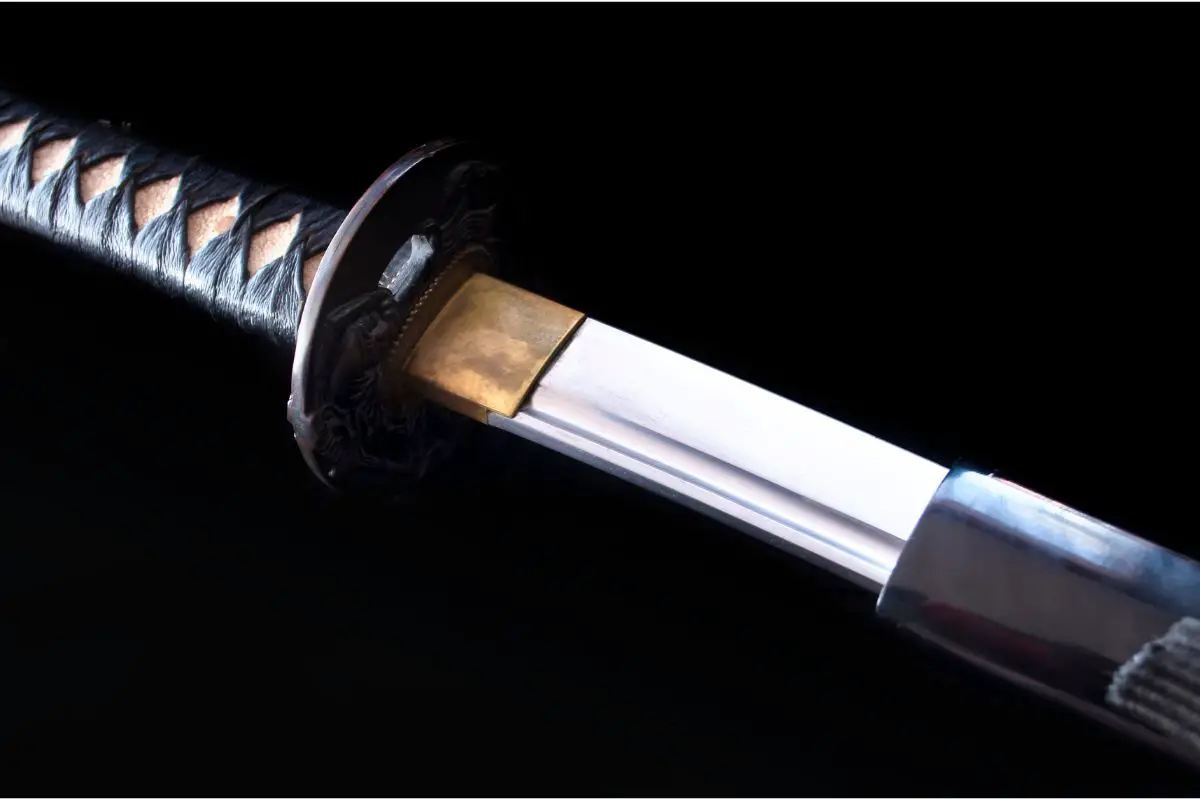
Slightly different from a traditional western sword, but much the same in terms of function, the katana has become a legendary artifact of Japanese history.
But what exactly is a katana? What does it do? How is it made? And why is it so very different from the traditional image of a Western sword?
Well, join us below, because we are going to take a look at all of these questions, to find the answers that you have been searching around for!
What Is A Katana?
A katana refers to a Japanese form of sword that was commonly used by samurai during the feudal era of Japan (if you want to know the differences between a Samurai and a European Knight, read here).
Katanas are noted for their distinctive curved shape, their immense sharpness and ease of use, as well as the craftsmanship that goes into making them.
In Japan, the term Katana is often used to refer to all forms of sword, including traditional single-edged swords that have been used in the West.
What Does A Katana Look Like?
Katanas are most recognizable for their iconic curved shape, which made them much easier to use for cutting.
Katana also commonly only have one sharp edge, which further helps with the efficiency of their use, as the one sharp edge allows the katana to more easily cut through tougher materials.
Katanas also feature square-shaped grips and guards. The grips are much longer than you would expect to find on other swords so that the sword can more easily accommodate two hands for extra power.
Katanas are remarkably lighter than many other types of swords across the world, which made them perfect weapons for samurai (see also, ‘What Was Samurai Armor Made Of?‘), who were able to swing them around gracefully to make short work of their enemies.
How Is A Katana Made?
Crafting katanas has long been held as an art form unto itself. The greater the skill at creating a katana, the greater and sharper the katana will be.
Katanas have very often been made from a special type of Japanese metal often referred to as “Tamahagane”. This type of metal is renowned for its incredible sturdiness, but also its incredible lightness.
Tamahagane is smelted, which creates a metal that is made up of multiple layers of steel. The smelting process is used to remove imperfections from the metal, and to even out the carbon content.
When the blade has been created from the metal, it is then coated in clay and charcoal powder, which protects the blade, so that it is stronger in use, and gives the sharp side of the blade that iconic wavy pattern that they have become known for.
Once the blade has been constructed it is then lightly curved, polished, and then mounted onto the hilt, with the guard placed just above the grip.
While the process may sound simple, it is actually very easy to get wrong, and can very easily lead to poorly built katanas that crack during combat, and this would have been disastrous for a samurai in the feudal era. This is why katana making has become an art form.
Are Katanas Still Made?
Yes! Katanas are still very much made in the same way in Japan to this day, using many of the same traditional techniques as in the past.
They are produced by licensed craftsmen and are often bought as collectibles or display pieces to add a strong visual element to any room.
Why Are Katanas So Different From Western Swords?
Katanas are incredibly distinct when compared to more traditional dual-edged swords that were more common in the West.
The reason for this is that such swords tended to be very heavy, and thus took considerable strength and time to swing. This left many warriors open to being struck.
Katanas, on the other hand, are built to be incredibly light, and easy to swing, which is why they were so often favored by samurai.
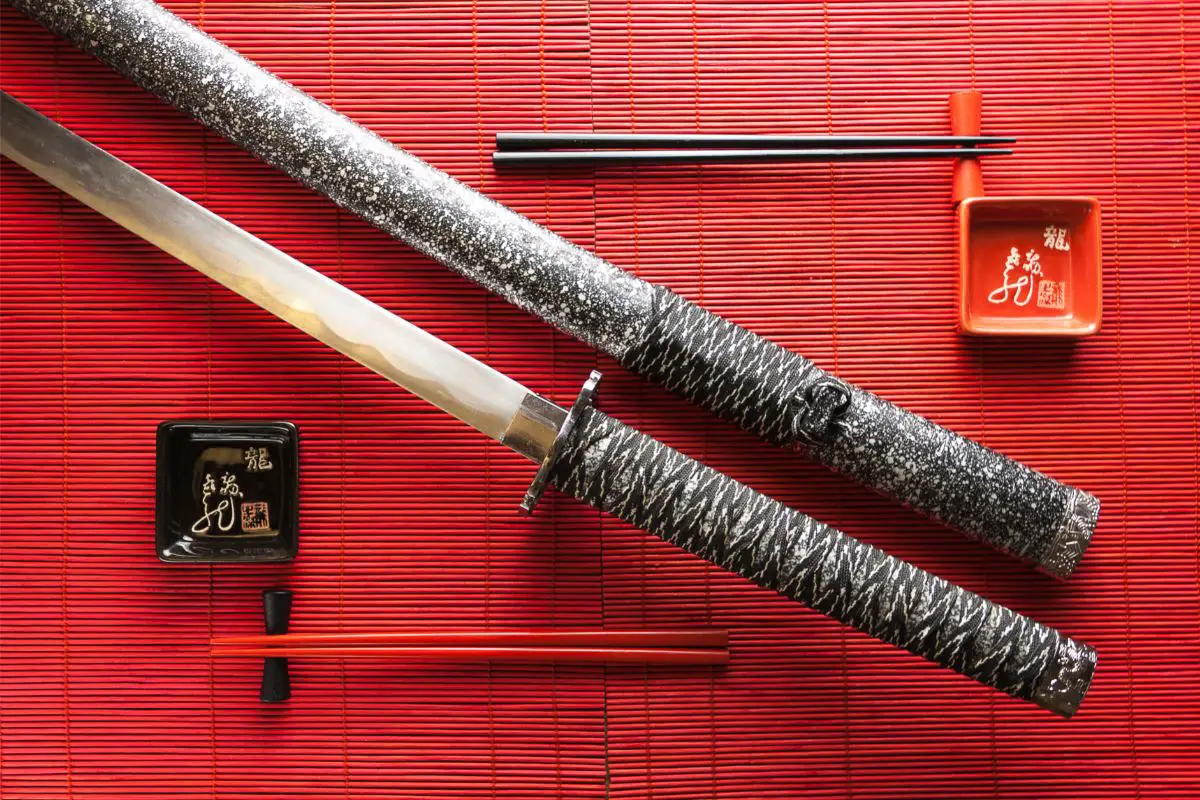
The increased speed of a katana swing allowed users to more easily cut through their enemies, making them ferocious and fast warriors that came to be feared across the land.
To Wrap Up
As you can now see, the term ‘Katana’ is used to refer to a traditional form of Japanese sword, commonly identified by its curved shape, sharp single edge, and its long grip.
Katanas were commonly used by samurai and were favored for their incredibly lightweight, which made them much easier to swing at speed, to make cutting through enemies absolutely effortless.
Katana is also used as a term to refer to single-edged swords made outside of Japan. Such swords are incredibly different from katanas, as they usually featured straight constructions, and were much heavier.
Frequently Asked Questions
What Does Katana Mean?
Luckily, the direct translation of the word ‘Katana’ is very simple. The word simply refers to a sword, and the word itself is believed to have first come into common use within Japan in the 1610s.
From there, it would have taken on its romanticized form in the Western world over the following years.
What Is Special About A Katana?
The Katana was actually the first-ever type of Japanese sword built with the sharp edge facing up.
This means that it was built with a focus on cutting, which is why it proved to be such a popular weapon amongst samurai.
As well as this, katanas are incredibly light and can be held both with one hand or two hands. This makes it easier for samurai to swing the weapon and cut through their enemies.
Do Katanas Break Easily?
Katanas are actually well known for not breaking easily, and if a katana does break easily, it is usually a sign that it has been poorly constructed.
Katanas are made with metal that is highly carbonated, and has very few impurities, which makes them incredibly light, but also incredibly sturdy.
A katana breaking during combat would spell death for a samurai, so many samurai were willing to pay a premium for a solid weapon.

